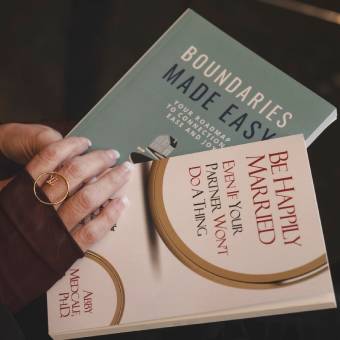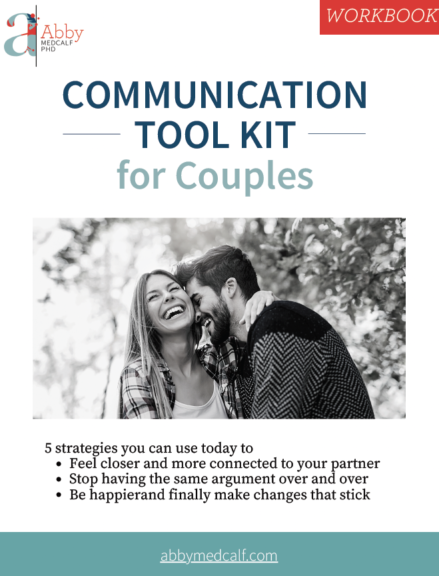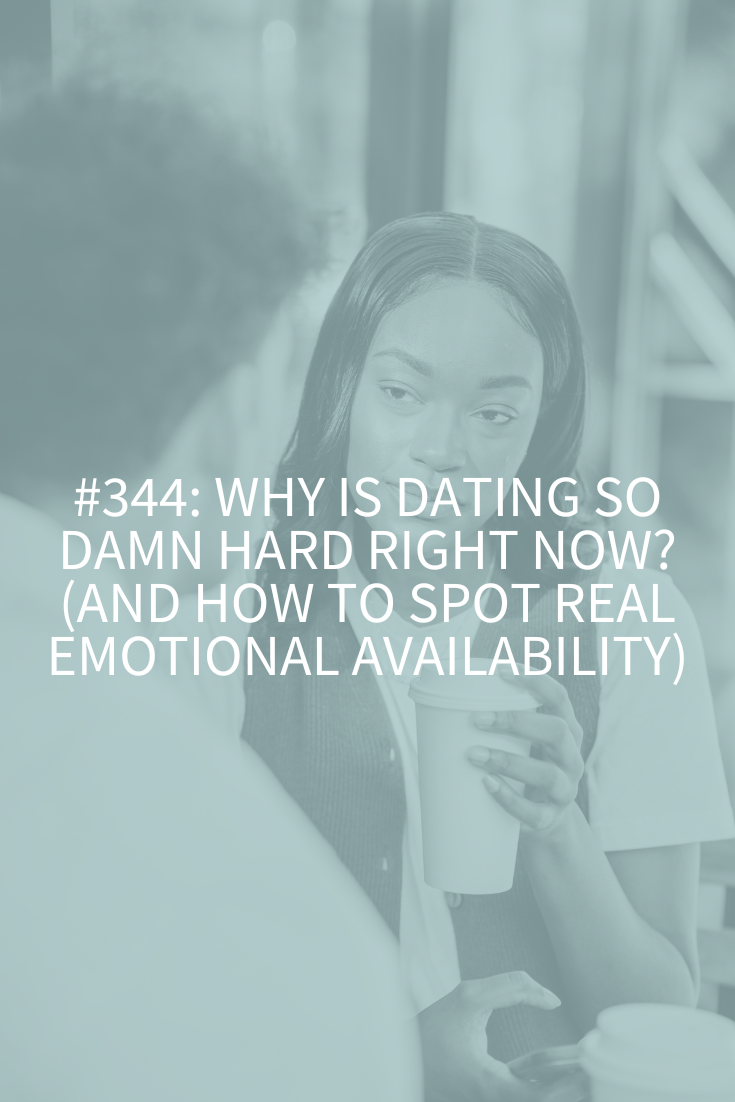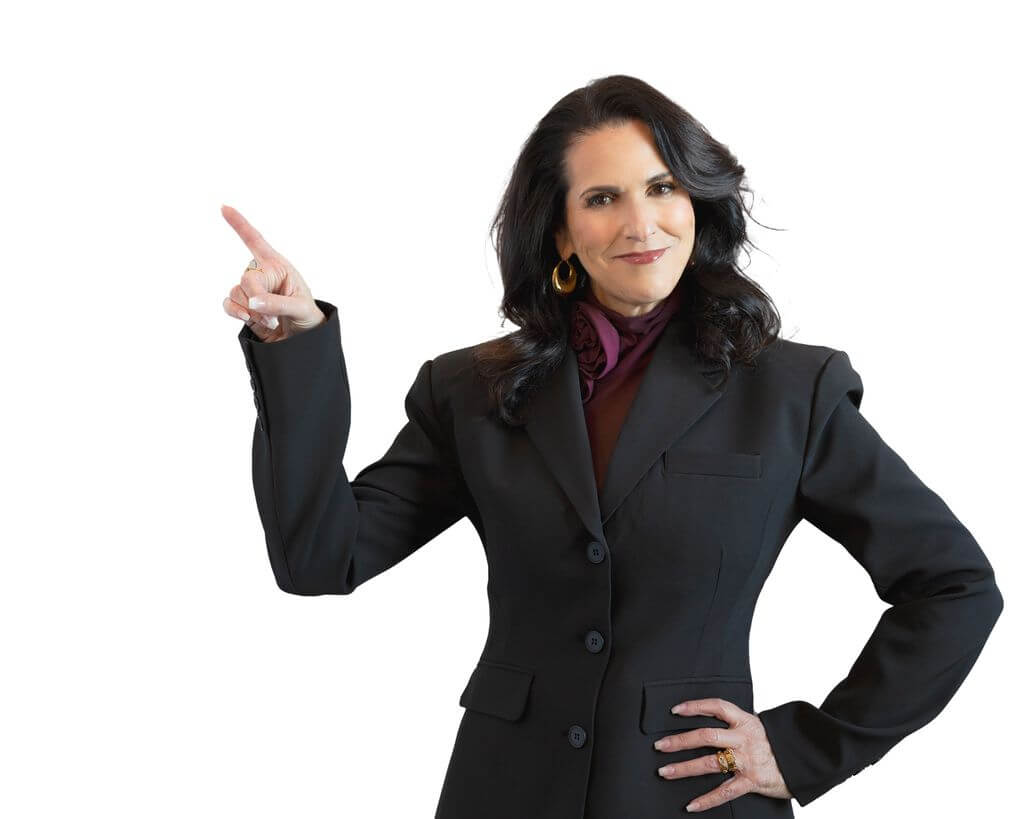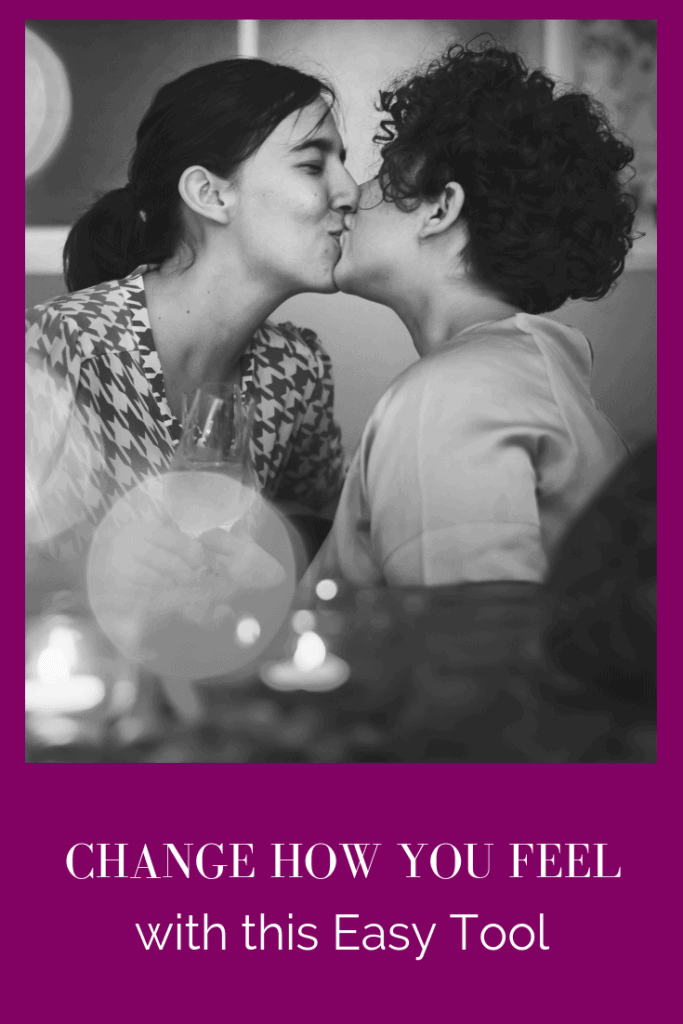
Did you know that it’s possible to change how you feel?
Albert Ellis, considered by many to be the grandfather of cognitive-behavioral therapies, founded Rational Emotive Therapy (RET) in 1955. His theory was revolutionary at the time (and maybe to you now), because it centered around the idea that individuals tend to think that what other people do causes our feelings. But, what really “makes us” angry, sad or glad is thinking angrily, sadly, or gladly about things that happen to us. In other words, what we think or tell ourselves about an event makes us feel something, not the event itself.
WE FEEL THE WAY WE THINK about a situation or person.
RET helps you identify self-defeating thoughts and challenge them. You can then replace these thoughts and beliefs with new healthier ones. This results in moving our feelings from destructive or negative ones to a positive, more productive emotional state.
RET helps you see how all these unhealthy beliefs create the emotional distress which leads to unproductive and damaging actions and behaviors.
How Rational Emotive Therapy Works
It’s best to do this in writing, but if you can’t, take a moment, close your eyes and go through the steps in your head. Ellis’ work is generally known as the “ABCD” format. Being me, I’ve extended it to make the steps more concise and easier to follow in my ABCDEFG format.
Change How You Feel with the ABCDEFG Format
A: The Situation:
First, you’re going to write out the exact and specific situation or event you’re having a feeling about. What’s critical is to write only the “facts,” not your judgment about what happened. This is easy to hear but can be hard to do.
For example, you might write down “My partner was angry with me when I arrived at the restaurant 20 minutes after I said I would be there,” versus, “I was a little late to dinner and my partner acted like a jerk.”
B: Beliefs:
Next you’ll write down what you think or tell yourself about the situation you just described. What are your beliefs or thoughts about what happened? Continuing the example from above, you might write down things like:
- “My partner is always looking for what I’m doing wrong.”
- “I’m sick of my husband always acting superior and making mountains out of mole hills.”
- “What the hell is wrong with me? Why can’t I ever get anywhere on time?”
- “We can never have a nice time? She ruins everything with these snide remarks!”
C: Feelings:
When you think and believe these thoughts, how does that make you feel? How do you feel about the situation/what happened?
Take a minute and put yourself in the situation I’ve been describing about being late to the restaurant. Really think about how you’d feel if you were having the thoughts I just talked about. My guess is you might feel depressed, anxious, angry, helpless, hopeless, frustrated, despondent, overwhelmed, annoyed or resentful.
For whatever your situation is, write down everything you’re feeling about it. Be careful not to get back into thoughts or beliefs about what happened. Stick with feelings only.
D: Reaction:
Now, from this vantage point, how would you see the rest of the dinner going? Would it be fun and lighthearted, or would you be preoccupied with these thoughts and all the things they remind you of, throughout the dinner?!?! Not a good time! You’d essentially be ruining your night over one bad comment (you know you’ve been there, don’t deny it)!
You’d be having any number of negative reactions which would result in another bad evening and a deepening of the negative cycle you have with your partner.
And this is why we need to get to the “E” of our ABCDEFG format:
E: Dispute:
In this step, you’re going to dispute your beliefs (what you wrote down for Part B). You need to ask yourself, “Who said so?” “Why do I believe this is a fact?”
Most importantly, I want you to ask yourself, “What else could be true about the situation/what happened?”
Notice I didn’t say “What else is true. It’s what else could be true. In a world where anything is possible, what else could be true about this situation?
In the example we’ve been using you might say to yourself:
- “My partner’s angry with me because he wants to know he’s a priority in my life and showing up late doesn’t show that. How could I make him feel like a priority the rest of this meal?”
- “I definitely have too much on my plate lately. I’m only human and it’s time to let some things go so I can live a more calm life.”
- “My partner must really love me, or she wouldn’t be angry that I’m late! She’s be happy she didn’t have to spend more time with me if she hated me!”
- “How would I feel if my partner was always late to things they planned with me? I think I’d feel sad and like I wasn’t important to them. I don’t want to make my partner sad, so I’m going to work on this.”
F: New Feelings:
If you were to suspend judgment and truly believe these new thoughts you just wrote down; how would you be feeling?
Write down your new feelings believing these new “truths.” You might notice new emotions like: patience, calmness, sadness, thoughtfulness, love, kindness, concern, motivation, willingness or openness.
G: Action:
In this final step, you’re ready to act, not react (Step D). You’re ready to have a new outcome, instead of getting stuck in those same old self-defeating patterns.
If you were to believe these new thoughts and feel these new feelings of love and concern, what would be your new actions?
Write down two new actions you’re going to take to improve your Situation.
The bottom line if you want to change how you feel…
you think you know, but you don’t. You’re so sure you’re right, but this idea that there’s only one objective “truth” in any situation isn’t true or where your focus needs to be.
Remember that you really don’t know everything or what every person is going to say or do. Be open to other possibilities.

